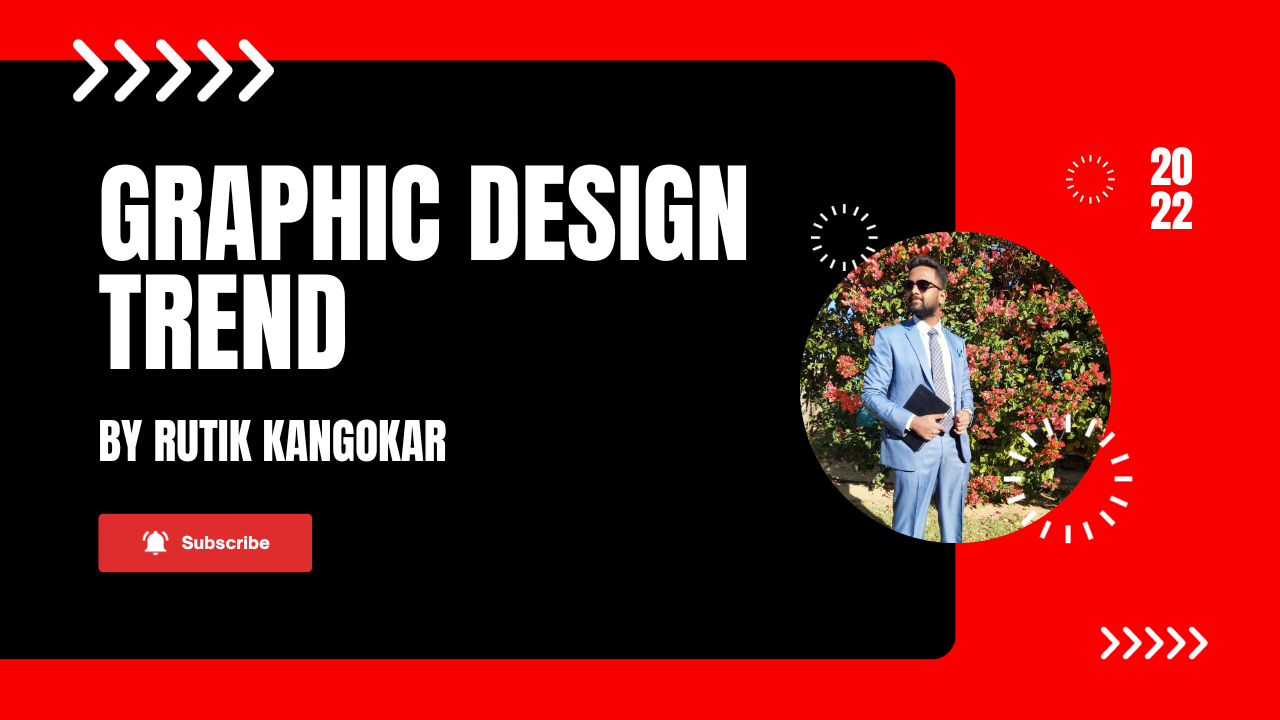Nowadays graphic designing is mostly a trend because ( graphic design) technology has moved on and in future, it will be beneficial for all. So guys let’s study in detail.
What is Graphic Design?
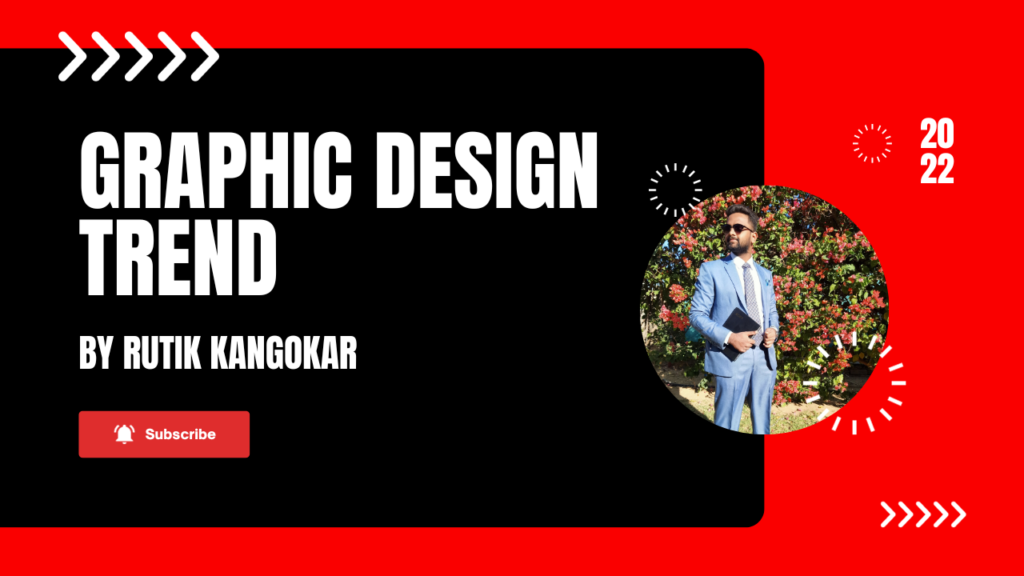
Graphic Design is an Art. It is a professional activity and academic discipline that consists of projecting visual communications, combining texts, images or shapes to share the message or idea with the viewer; this helps the viewer to understand the concept in a better way.
The oldest form of graphic design if we see is markings, pictures, drawings, and paintings on caves just to communicate with people visually. Unknowingly we use graphic design in our day-to-day life.
Nowadays everything is turning digital. Non-digital things are going to come to an end. eg. newspapers, magazines, pamphlets; these things will be able to be seen digitally which is happening day by day slowly. So this is the plus point and this is the right for you to take the opportunity and enter this field so that one can make a better career.
Visual elements that integrate to build the graphic design
1. Line
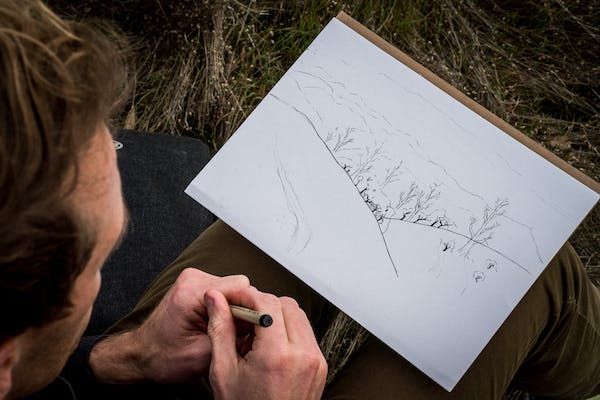
Visual elements of the plan in the cable should not be undervalued as simply as lines are They can be quite adaptable and be used as crucial components of design can be straight, curved, wide, thin, strong or darted.
The line can be used to add structure to composition to frame information and divide information. Using considerate cords can add dignity to a composition and hierarchy has to attract them to a specific point. Which type of line can be used to emphasise and put stress on a word phrase or paragraph?
Lines can be used to decorate illustrate and represent information in infographics. If you think about publication journals and maps the most common observable element is the line as it works very well-structured advice.
2. Colour
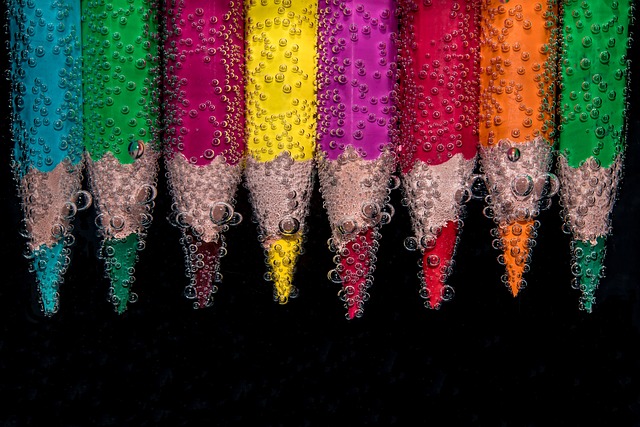
So colour plays one of the enormous roles in brilliant manufacturing It provides an emphasis that can be used as a mechanism of the organisation it can create influence and create a specific look and feel in a piece of graphic designing work.
When struggling with colour it encourages me to have a good knowledge of colour strategy. Colour theory provides us with reasonable guidance to help us mix colours and create interesting colour combinations and it all started with the colour wheel is a really useful tool formulated to help us select a colour that works well together. So let’s grab a glance at each of these.
Primary colours
Primary colours make up the basis of the colours wheel there are red yellow and blue.
Secondary colours
Secondary colours are made by mixing equal portions of primary colours this creates green orange and purple.
Tertiary colours
Tertiary colours are made by mixing a primary colour with enabling secondary colour for example if we mix yellow with orange we get a yellow-orange colour in between. If we resume mixing the central and neighbouring colours we cram the gaps and get the continuing tertiary colours.
3. Shape
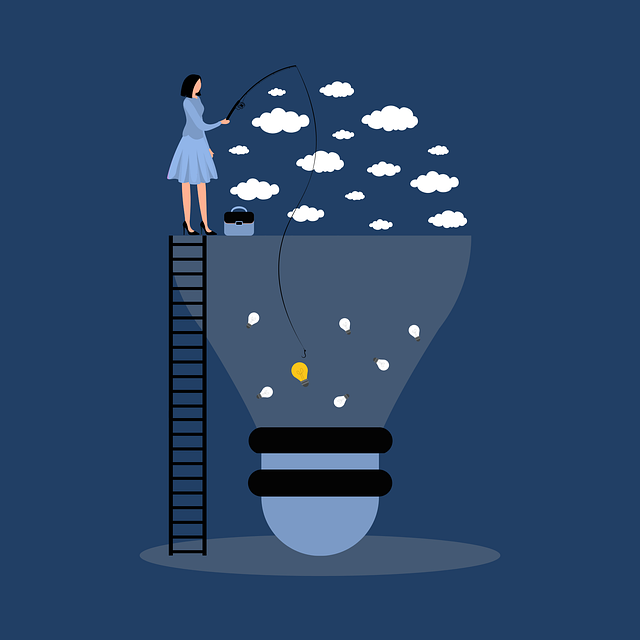
So everything is eventually a shape. All objects are comprised of shapes and all pictorial aspects are protected in some way. Indesign bodies have two dimensions and are calculated by their size and width. Shapes and defined by boundaries such as with lines of colour and can also be developed with negative space.
Shapes are employed to add curiosity and wealth to graphic formulating work they can use to trim they can be extended and can be used to create structures and textures. Now there are two varieties of moulds
Geometric shapes
Geometric shapes are shapes that can be attracted by utilizing a governor or guide. Whether simple or complex this produces a feeling of control or order
Organic shapes
Shapes that can be drawn freehand shapes found in nature. Organic shapes with the simple or complex produced in natural feel.
Though simple or complex it is this connection between shapes that can activate emotions, convey information, engage an audience, add passion to a portion of a configuration and create a trend
4. Texture
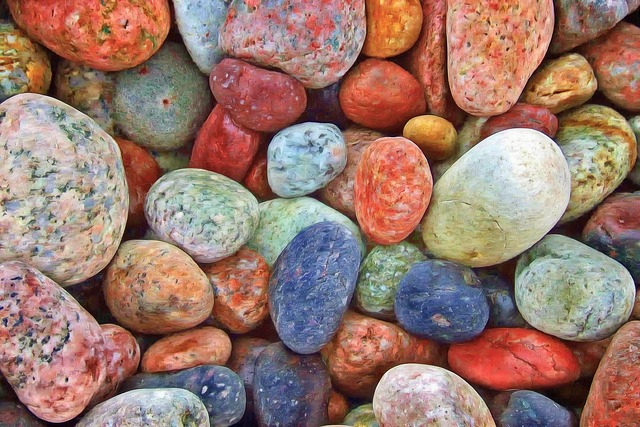
So the texture is the way the surface feels or is perceived to feel. The texture is employed to build a pictorial tone and can affect the stare and feel of a portion of graphic design work. The texture attracts or withstands attention to an aspect depending on the texture. Now in designing, there are two types of texture:
Image texture
Image texture is generated from a variety of organic or geometric contours and colours. Painting texture can be simple or problematic and mainly incidental to create a unique look and feel. Image structure tantalizes these senses the eye likes to look at image texture.
Pattern texture
Pattern makeup is similarly created from organic geometric shapes and colours through which pattern texture is generally built. The pattern can be simple or complex but unlike image structure that generally a random pattern a more structured.
For example:- gift wrapping paper. Now have you ever asked yourself why is gift wrapping paper mostly rather than just a single image and why do people spend so much money on it?
Single could assume that the repetition of bright colours and images confused the visual senses. Afton a gift main le in the environment for a while waiting to be opened such as under a Christmas tree.
The decorative nature of giving gift wrap serves as a prelude to the excitement of opening a gift. Show the gift wrap that gold is considered as important as the gift itself.
Q. Is Graphic Designing a Good Career?

There are different job alternatives after Graphic Designing in India and aspirants with a degree in Graphic Designing have excellent career possibilities. … the simplest job opportunities for aspirants with a degree in Graphic Designing are hidden alongside other basic details.
Is graphic design a dying career?
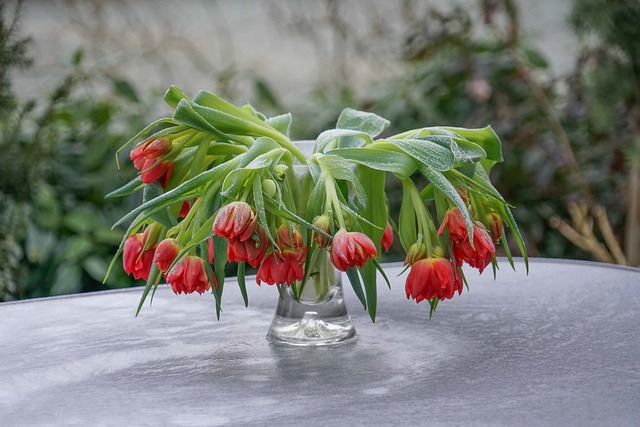
Is graphic design dead? The excuse is a resounding NO. Recent studies administered by IBIS World indicate that in 2019 alone, commerce generated an income of $15 billion with an annual expansion rate of 3.5%. It is expected to rise further at a rate of 2.7% to fulfil a $14.8 billion-dollar-strong business.
Q. Where to practice graphic design?
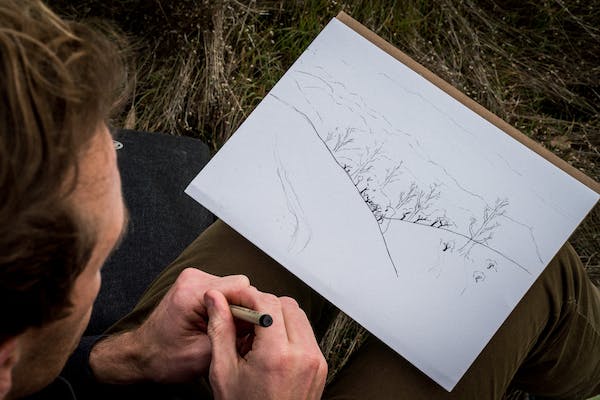
1. Adobe Illustrator
2. Adobe Photoshop
3. Adobe InDesign for eye-popping and professional publication
4. Adobe spark
5. Adobe fonts for fonts and stock image
6. Adobe stock
7. Adobe Fresco for drawing whatever you want
8. Dimension for branding and packing design
